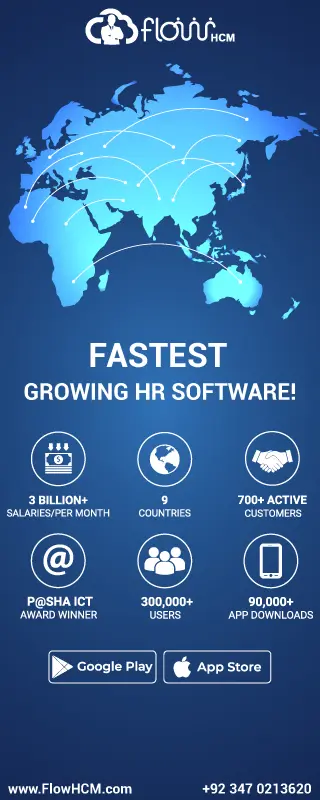Human Resource (HR) software has become essential for companies to manage their employee data efficiently. However, implementing HR software can be daunting for HR managers, especially when faced with challenges such as resistance to change, data migration and integration, cost and budget constraints, and legal and regulatory compliance. This article will discuss strategies for implementing HR software to manage employee data and overcome these challenges.
Strategies for Implementing HR Software for Managing Employee Data:
Identify Needs & Priorities:
First of all, as an HR Manager, you need to identify your company’s needs. You need to plan out which modules are required in your organization, how much you plan to expand, and what modules are applicable. Does your company have a complex leave structure? Then you might consider using a leave management module. Is your business of the nature that employees need to travel inter-cities or internationally? Then it would be best if you had a travel management module. Similarly, countless needs are satisfied through the modules of HCMs which leading companies such as FlowHCM are providing with customization options. After listing down the requirements, you need to prioritize which one you need most and which one you need least.
Research & Evaluate Options:
After identifying and prioritizing your needs, you need to research which HCM Software is able to fulfill these needs. If not, which companies will tailor their software to the customer’s needs? List down these companies and contact their sales team to communicate your needs and request a quotation. After receiving the quote from the vendors, make a decision matrix and see which company complies with your requirement most. Finalize the three best options and discuss them with your finance & IT team, check reviews and feedback about the software, then make a final decision.
Customize and Configure Software To Meet Specific Needs:
You have now finalized which software you will implement in your organization, and as we all know, every individual is made unique; similarly, every organization is unique. List down the changes which need to be made in the product to be ready to be implemented. After getting the software customized and configured as per your needs, get the software implemented.
Train Employees on Software Use and Best Practices:
Congratulations, you have implemented the software in your organization and taken a big step towards going green and paperless. Now you need to train your employees to use the software. This can be challenging and time-consuming, but training on user-friendly HR softwares (link to FlowHCM) doesnt take that long.
Continuously Monitor and Improve Data Management Processes:
Data entry into the software is a complex process and must be done carefully. It is possible that due to human error, there are mistakes in data uploading. It is very crucial for organizations to monitor the data management process and ensure that errors are rectified right on time, or else it can trouble smooth organization management.
Overcoming Challenges and Obstacles:
Resistance To Change:
Change is the only constant, and so is the resistance to change. HR managers might face the challenge of resistance to this change. Sometimes, some employees of the organization who are accustomed to the traditional management system doesnt feel comfortable getting tracked with this much accuracy and might feel insecure. As an HR person, you are responsible for listening to their concerns and making them comfortable.
Data Migration and Integration:
It is difficult to migrate huge and important data to a new system. It is a complicated process and must be done very carefully. Some HCM providers cannot integrate their software with the systems already in use by the companies. That is why it is very important to be straightforward about your expectations and requirements when choosing a product so that it won’t trouble you at this stage. Any competitive company overcomes these types of challenges with the right strategy.
Cost and Budget Constraints:
It is essential for companies to carefully & efficiently manage their financials. If you do not have enough budget to get all the modules of any HCM, it is best to implement just those required as a high priority. Then whenever it is feasible for your company, you can get advanced modules added to your system with medium priority done at first and then low priority afterward.
Legal and Regulatory Compliance:
The last challenge we will discuss in this article is to comply with local and international laws. It is very important to ensure that the software you will implement in your organization complies with government policies. Suppose you find anything going against the rules and regulations; you need first to list these problems and then communicate them to the product manager from your software provider. It is then their responsibility to get all of the issues solved.
Conclusion:
In conclusion, implementing HR software for managing employee data is a crucial step towards efficient and streamlined management of an organization. However, it requires a systematic approach and careful consideration of various factors, such as identifying needs and priorities, evaluating options, customizing and configuring the software, training employees, and continuously monitoring and improving data management processes.
If you are looking for reliable software with everything in place, then FlowHCM is the right HR Software for you. 500+ clients in 9+ countries are relying on FlowHCM and saving millions of dollars due to efficient management.








